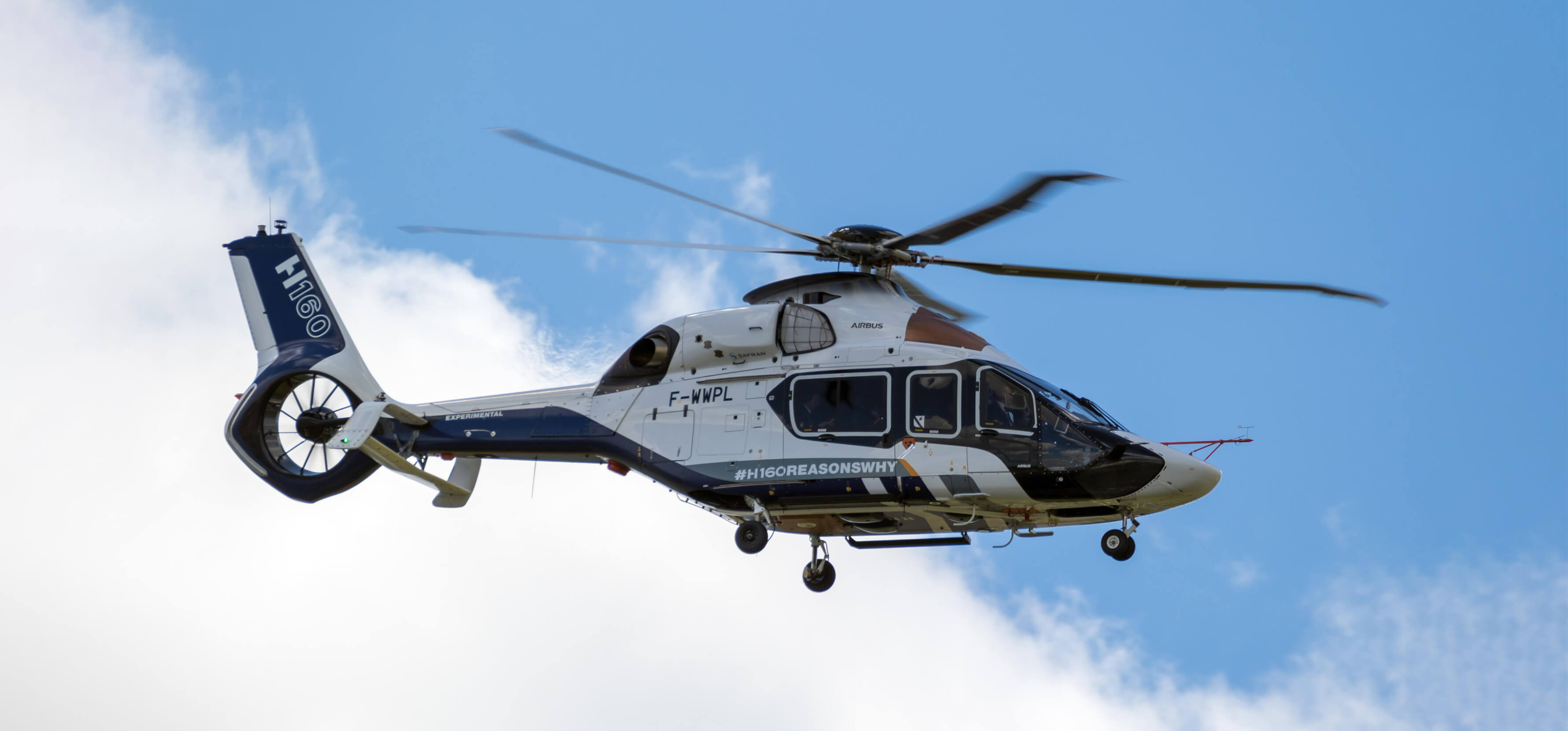Partner Sydney
"These additional documents should now be included as part of the registration requirements in leases to Thai operators and in registration checklists and procedures."
Regulation 44 replaces Regulation 23, which came into force in November 2019. Other than as set out below, Regulation 44 largely mirrors the requirements of Regulation 23. Our analysis of Regulation 23 can be accessed . Regulation 44 implements changes made to Annex 7 of the Chicago Convention by ICAO in 2023.
Aircraft registration under Regulation 44
On registration, the CAAT will issue a unique 24-bit aircraft address for each Thai-registered aircraft which will be issued in conjunction with a certificate of registration for the aircraft.
How does this change the registration procedure of an aircraft in Thailand?
Under Regulation 23, to register an aircraft, it was necessary to submit to the CAAT the following:
a) lessee/operator’s constitutional records and documents, which would typically include the certificate of incorporation and articles of association;
b) registration mark reservation confirmation;
c) documents and records setting out and substantiating rights of ownership in and possession of the aircraft, which would typically include bills of sale and leases and sub-leases; and
d) if the aircraft was registered in another state of registration, evidence that registration in the previous state of registration had been cancelled to ensure that the CAAT was satisfied that the aircraft was not registered in more than one state of registration.
"Regardless of whether a PoA is stated to be irrevocable, Thai law will recognise a subsequently issued PoA as valid and will supersede any previously issued PoA."
In addition to those listed above, registration under Regulation 44 will now require the following:
e) if the aircraft was registered in another state of registration, confirmation that the 24-bit aircraft address, assigned by the previous state of registration had been cancelled; and
f) irrevocable deregistration authority.
These additional documents should now be included as part of the registration requirements in leases to Thai operators and in registration checklists and procedures. Whilst (e) appears more procedural than (f), sufficient time should be allowed to obtain evidence of the termination or cancellation of the 24-bit aircraft address to ensure that this does not delay registration of the aircraft by the CAAT.
In relation to (f), as Thailand is not a party to the Cape Town Convention, an Irrevocable Deregistration Authority (“IDERA”) cannot be provided and would not be accepted by the CAAT. An irrevocable deregistration power of attorney (“PoA”) should be submitted in lieu of an IDERA. Regardless of whether a PoA is stated to be irrevocable, Thai law will recognise a subsequently issued PoA as valid and will supersede any previously issued PoA. If a Thai lessee issues a deregistration PoA in favour of a party other than the lessor and this is done after the lessee issues a deregistration PoA in favour of the lessor, the CAAT will proceed on the basis of the most recently issued PoA.
"Whilst there has been an increase in the number of lessor-initiated terminations and resulting deregistrations, lessors should continue to not assume that the process is entirely procedural."
How does this change the procedure for deregistration of an aircraft in Thailand?
Prior to the introduction of Regulation 23 and its predecessor, Regulation 11, there was no express statutory right to deregister an aircraft without the consent of the lessee/operator. Regulation 44 removes one ground for deregistration without the lessee’s consent. This relates to enforcement of a business security agreement under the Business Security Act (2015). This would appear to have limited application for international lessors in respect of aircraft under lease to Thai operators.
The grounds for deregistration without lessee/operator consent remain otherwise as set out in Regulation 23 and include the following:
i. termination of the lease by lessor or lessee which ends the lessee’s possessory rights over the aircraft;
ii. termination by the lessor pursuant to the Deregistration PoA and export certificate; and
iii. an order for deregistration in a final judgment by a competent court.
The most critical ground for termination without lessee consent remains (i). Whilst there has been an increase in the number of lessor-initiated terminations and resulting deregistrations, lessors should continue to not assume that the process is entirely procedural. For the foreseeable future, the CAAT is likely to continue to proceed carefully and cautiously in relation to such applications. Lessors should continue to assume that they will need to demonstrate strict and full compliance with lease terms, particularly those dealing with events of default and termination.
"Lessors should continue to assume that they will need to demonstrate strict and full compliance with lease terms, particularly those dealing with events of default and termination."
As Thai courts neither recognise nor enforce the judgments of foreign courts, lessors seeking to rely on ground (iii) above should continue to assume that this will require the final judgment of a Thai court, which will require that all avenues of appeal have been exhausted or have expired. As this will typically not be a certain or speedy process, it is of less benefit to lessors than ground (i).
Once an aircraft has been deregistered, the applicant for deregistration or the applicant who registered the aircraft (as the case may be) must now complete additional steps in bold:
- Remove the Thai registration mark from the aircraft;
- Reprogramme the Emergency Locator Transmitter; and
- Return the following documents within 30 days from the date of receipt of the certificate of deregistration:
a. The certificate of registration;
b. The certificate of airworthiness; and
c. The noise certificate.
The additional steps in 2 and 3(c) should now be included as part of the deregistration requirements in leases to Thai operators and in lessor deregistration checklists and procedures. Whilst not expressly addressed, evidence or confirmation of the cancellation of the 24-bit aircraft address issued by the CAAT should also be included in the deregistration process.



